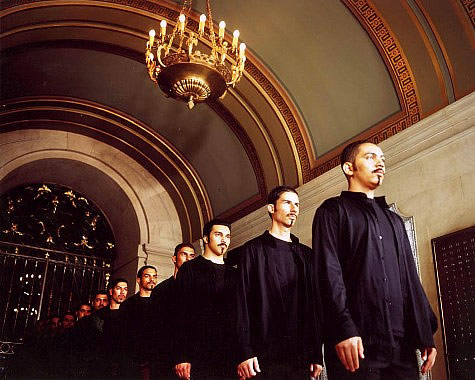MUAC,
Jun 30, 2011 - Nov 27, 2011
Mexico, Mexico
Before the hangover…
by Daniel Montero
After viewing the exhibition and reflecting on the objects and documents featured, one wonders what it’s about: is it a historical exhibit that tries to show a process, or rather a selection of some of the most important pieces and artists of the decade? Or does it seek to question how said works and artists are usually interpreted? The show actually supports the view that it has shown how some of those pieces, created for non-institutional spaces, eventually became important, i.e., it narrates the development of contemporary art in Mexico from the alternative standpoint. This naturally implies reasserting the myth-making processes of the spaces and artists, making them historical or delving into the sociological factors behind their appearance and consolidation. In fact, many of the artists featured in the show can be said to be the most important representatives of Mexican contemporary art, due in great part because their work is featured in contemporary art circuits deemed unthinkable previously. They are artists who gave rise to an entire theoretical-conceptual frame of reference of which this exhibition forms part.
Deep down, this exhibition is consistent with what the Mexican artists of the nineties -not all, but certainly those featured- wanted to achieve: to put pressure on institutions (either museums or galleries, and even on government cultural policies) from another place (a real space, but also a symbolic one), to create a sort of specialized parallel circuit from a mutual-admiration society, thus creating -at least at the outset- a restricted field of production (to use Pierre Bourdieu’s words). This field was made up of artists of the same generation who were subsequently to form part, following a process of validation and circulation, of a much broader field of symbolic participation. The artists in this show have always been linked by common interests that kept them united as a group and as a community. Unfortunately, the exhibition makes no mention of the most interesting aspect of the nineties, which was the conflict that pressured both artists and institutions into prompting a change in the local art field: a conflict between critics and artists, between ways of doing and of thinking; a conflict between institutions; the appearance of the curator as a key, connectingfigure. In the final analysis, it was conflict in general. The exhibition shows the pieces as if the whole historical process had been a "natural" development. However, this process took place in a framework of radical political, economic and social changes that among other things led to a reshuffling of Mexico’s art field, but that are not shown explicitly. The exhibition asserts the historical and artistic processes without actually questioning them.
The question raised by all those involved in the field of art is how it was all possible: in other words, how an apparently radical change was made outside the institutional framework, and how they ended up being shown in a museum, collected and sold; how that kind of work, radically opposed to everything that had been seen in Mexican art (with a clear exception in the seventies, involving other works and other purposes), could have had such success. In fact, the question could be made all the broader: why is there a contemporary-art museum of this kind in Mexico, housing a collection of such works?
The most common answer, at least since the end of the nineties, is that it is all the product of globalization. Different discourses have been established: aesthetic ones in relation to the concept of the hybrid, the local and the global, the flow of capital (both economic and symbolic), the influence of the mass media, the entry into Mexico of foreign artists, and in short the linkage of the local field with a globalized art world of biennials and fairs, of mega-museums and of galleries that handle millions of dollars. Nevertheless, this exhibition, with its talks and its documents will have to ask whether this is the only explanation for the phenomenon. It will have to show whether the party was good enough to merit another one, this time better prepared and staged, while making sure the hangover is not permanent.
By Daniel Montero
|













